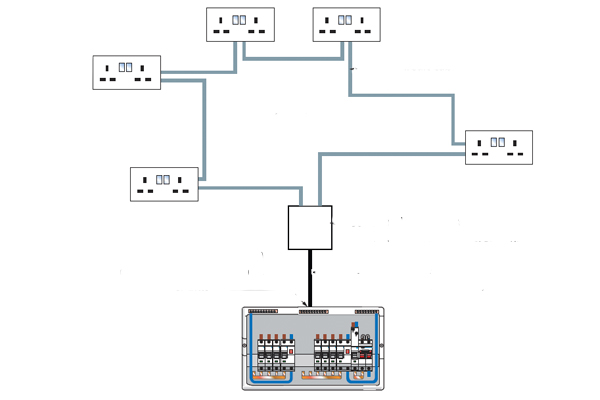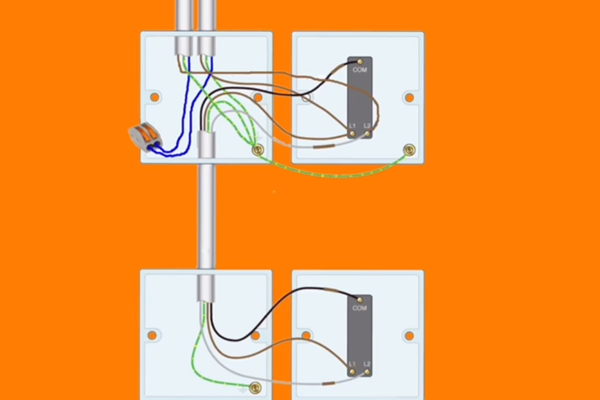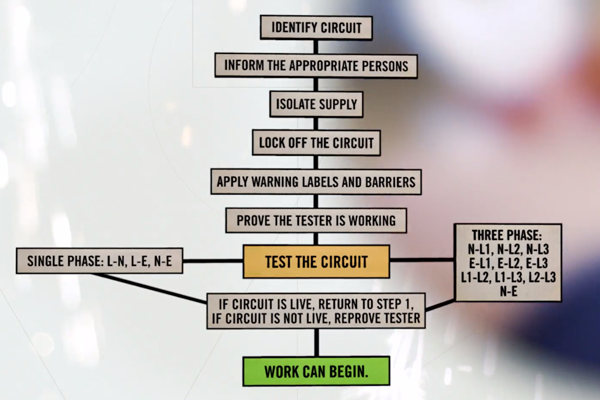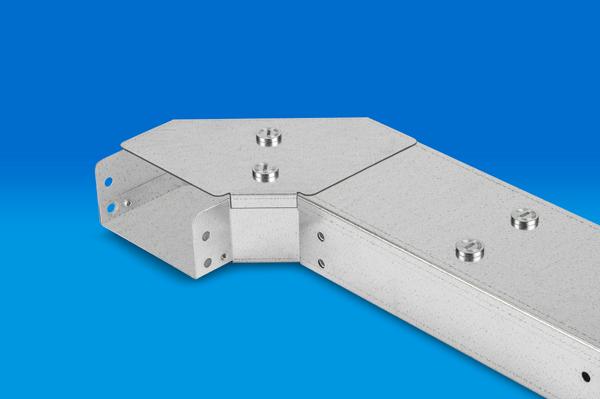Power factor correction – What is it? Why is it required? How is it achieved?
Power factor basics: Power quality is essential for efficient equipment operation, and power factor contributes to this. Power factor is the measure of how efficiently incoming power is used in an electrical installation. It is the ratio of active to apparent power, when: Active Power (P) = the power needed for useful work such as turning a lathe, providing light or pumping water, expressed in Watt or KiloWatt (kW) Reactive…








